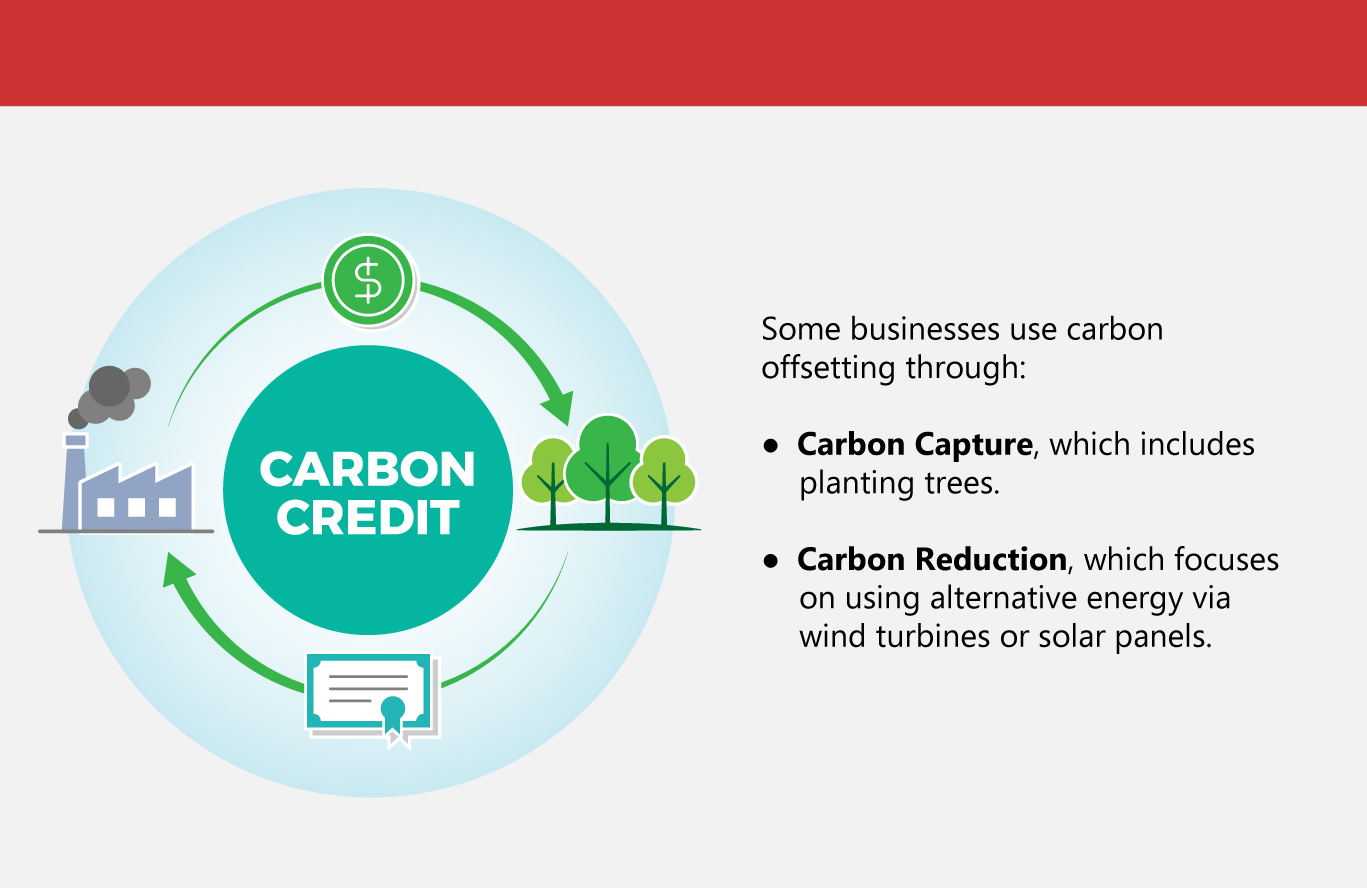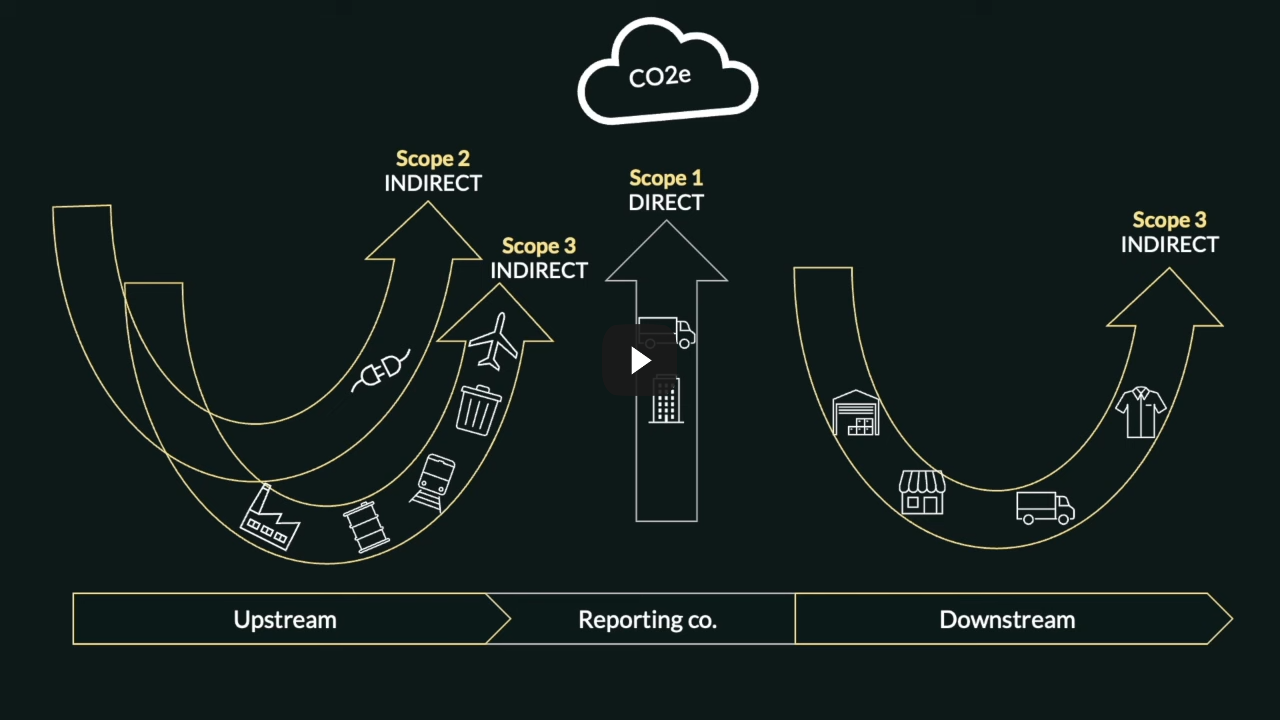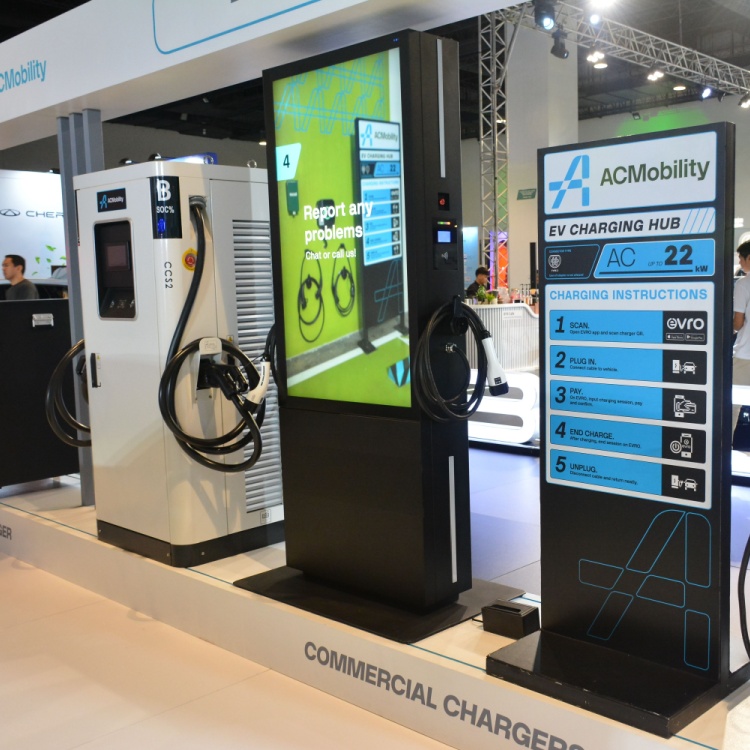7 Ways to "Green" Your Business

Businesses today are conscious about their environmental impact. Many companies are seeking methods to lower their carbon footprint and enhance sustainability. By doing so, they cut their emissions and boost savings and operations.
Business offices are significant emitters of greenhouse gasses (GHGs) due to their routine functions and upkeep. Oil or natural gas makes up around 10% of its GHG production. The impact of company-owned vehicles can be substantial, varying with the fleet size and how often the vehicles are used. Meanwhile, electricity powers lights, computers, and other devices, accounting for 30% to 40% of overall emissions. Then there are the indirect emissions related to the office's activities, including staff commuting and work-related travel, which comprise anywhere from 5% to 15% of total emissions.
Globally, buildings and workplaces contribute to almost 40% of energy CO2 emissions related to energy. This figure highlights the extensive impact of offices in the commercial sector.
Thankfully, more and more businesses are shifting toward sustainable practices to help achieve the Paris Agreement's goal of keeping global warming within 1.5°C. To achieve this, GHG emissions must peak no later than 2025 and decrease by 43% by 2030.
Why reduce industrial carbon emissions
Aside from the ultimate objective of saving the planet, minimizing harmful emissions in the workplace offers the following benefits:
-
Consumer satisfaction
Today's consumers are more socially aware and highly regard values like diversity and sustainability. A UK-based study shows that one out of every three consumers has stopped patronizing a brand or item because of considerations related to ethics and sustainability. Positioning your brand as eco-friendly better resonates with your market.
-
Lowering costs
Energy consumption constitutes a major operating expense for most businesses. Boosting energy efficiency can significantly lower utility bills. Moreover, more investors are steering clear of carbon-driven ventures and focusing on businesses' sustainability measures.
-
Employee retention
While green initiatives sit well with consumers, they are also valued by employees. A Philippine report reveals that nearly 60% of job applicants would not consider employers that don't observe environmental awareness, diversity, and inclusion. Having a deep sense of your company's mission can inspire employees to be more motivated and committed.
7 ways to reduce industrial carbon emissions
Sustainability is achievable with big and small steps, which you can start in your office. Think of carbon footprint reduction as a chance to enhance your corporate strategy and operational efficiency. It's a proactive approach that's good for business and humanity. Here are some concrete ways to do it:
-
Gauge your carbon emissions.
Before strategizing on carbon mitigation, it helps to assess just how much GHGs your company emits. Sources include direct emissions, which calculate the quantity of fuel the office uses firsthand, such as liters of gasoline. Then there are the indirect emissions from electricity in kilowatt-hours (kWh), which you can glean from utility bills. Other indirect emissions stem from business operations, such as travel, waste production, and acquisition of goods.
Search for software tools that automatically collect and compute your carbon footprint. These tools assist in monitoring emissions, applying accurate emission factors, and proposing strategies to minimize environmental impacts.
-
Establish goals.
Now that you have an overview of your carbon footprint, you can utilize your emissions data as a reference for establishing targets. These goals should be challenging enough to make a difference but also feasible to attain reasonably with available resources and limitations.
Your business can seek third-party validation for its emission reduction goals, which can be near-term (5-10 years) or long-term (aiming for a target year of 2050 or earlier). This can demonstrate to consumers and investors your commitment to environmental accountability and validate that your targets align with scientific standards. Even without validation, you can include your progress in your sustainability report.
-
Formulate a plan to reduce emissions.
Emission reduction plans can be broken down into two—active changes and passive benefits. Active changes come from your organization's initiative, while passive benefits occur from larger market trends driven by new laws and consumers wanting eco-friendly products. An example of a passive benefit is the transition to greener national energy grids, which reduces emissions for businesses without them having to change anything.
When planning your climate strategy, prioritize active changes you can control directly. To do this, you can propose alternative activities to replace traditional ones that generate more emission volumes.
-
Switch to green energy.
Begin by checking with your present energy provider, which might offer renewable energy schemes. If they don't have renewable energy options, explore switching to a provider that can ensure their electricity is sourced only from renewable sources.
Also consider on-site generation by installing solar panels, wind turbines, or other renewable energy systems on your site. Energy efficiency is all about lowering energy demand. Evaluate and upgrade equipment, optimize processes, and involve your employees in transitioning to green energy.
-
Opt for eco-friendly suppliers.
Look into other sustainable suppliers in addition to energy providers. You reduce emissions across the supply chain when you buy materials and products with smaller carbon footprints. Though you don't have anything to do with their processes, patronizing goods that have undergone recycling and use little or no packaging makes your business more environmentally responsible.
To find socially-aware suppliers, seek those with ISO 14001 certification. This attests to the company's eco-friendly quality monitoring processes and active efforts to minimize waste while boosting energy efficiency.
-
Promote green practices in the workplace.
Simple acts, such as using more digital documents than paper ones, can lower your overall generation of GHGs. About 40% of felled trees are used for paper production.
Another way to reduce emissions is to hold online events and meetings instead of in-person ones. With the rise of remote work, more businesses and companies are open to digital platforms for collaboration. Think about how transport comprises over 20% of overall global emissions. Maximizing online channels for events and meetings can lessen your environmental impact while cutting down on travel expenses.
-
Use green equipment.
Small steps can go a long way. By switching to LED bulbs or other green lighting, you can save as much as 75% of energy compared to conventional incandescent light. If you can, draw the blinds or curtains open during the daytime to optimize natural light.
Lowering the thermostat by 1°C can lessen heat energy by approximately 7%. Heating and cooling functions are used by programming thermostats and regularly cleaning filters. With consistent maintenance, your HVAC system can lower energy usage by up to 30%. Because businesses contribute significantly to GHG generation, reducing office emissions is essential to diminish climate change impacts. By actively taking steps to be eco-friendlier, your organization can help the global fight against climate change while improving your internal processes and general efficiency.
Because businesses contribute significantly to GHG generation, reducing office emissions is essential to diminish climate change impacts. By actively taking steps to be eco-friendlier, your organization can help the global fight against climate change while improving your internal processes and general efficiency.
 As one of the Top 20 EMS companies in the world, IMI has over 40 years of experience in providing electronics manufacturing and technology solutions.
As one of the Top 20 EMS companies in the world, IMI has over 40 years of experience in providing electronics manufacturing and technology solutions.
We are ready to support your business on a global scale.
Our proven technical expertise, worldwide reach, and vast experience in high-growth and emerging markets make us the ideal global manufacturing solutions partner.
Let's work together to build our future today.
Other Blog



